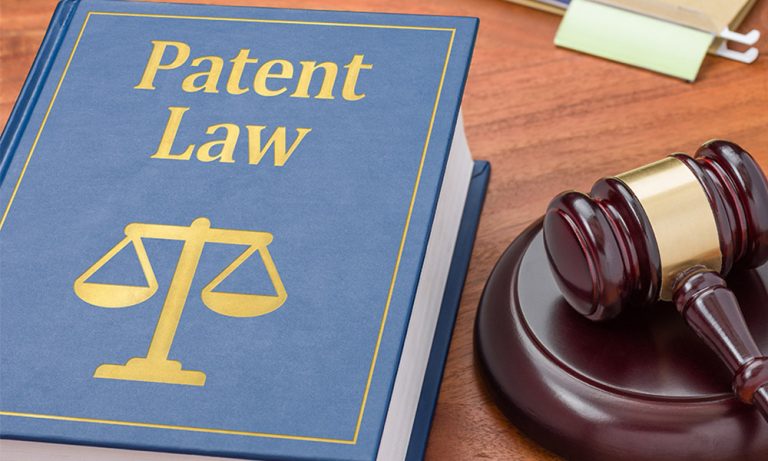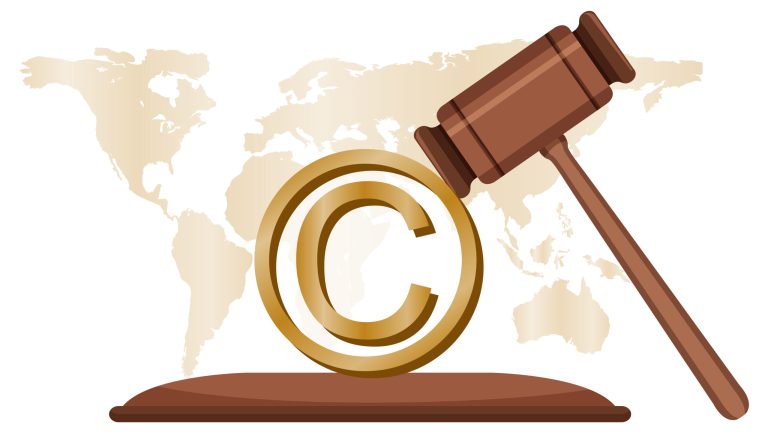
For inventors looking to protect their innovations on a global scale, navigating international patent laws can be a daunting task. Each country has its own patent laws, and securing protection across borders requires a strategic approach. As globalization opens up new markets, understanding the complexities of international patent laws has become essential for inventors who want to safeguard their inventions worldwide. This article provides a comprehensive guide to navigating international patent laws, offering insights into the processes, treaties, and best practices for securing global patent protection.
The Importance of International Patent Protection
Why Patent Protection is Critical for Inventors
A patent grants the inventor exclusive rights to their invention, preventing others from making, using, or selling it without permission. While a patent in one country provides local protection, it does not extend to other regions. As such, inventors must file patents in multiple countries to fully protect their intellectual property (IP) in international markets.
Without international patent protection, inventors risk having their ideas copied or exploited in foreign countries, which could lead to financial losses, reputational damage, and reduced market share. Securing patents in key markets ensures that inventors can maintain a competitive advantage while expanding globally.

Understanding International Patent Systems
The Patent Cooperation Treaty (PCT)
The Patent Cooperation Treaty (PCT) is one of the most efficient mechanisms for seeking patent protection across multiple countries. Managed by the World Intellectual Property Organization (WIPO), the PCT allows inventors to file a single international patent application, which can be recognized in over 150 participating countries.
The PCT process consists of two main phases:
- International Phase: During this phase, the inventor files a PCT application with their local patent office or directly with WIPO. This application provides a unified approach to securing patents in multiple countries.
- National Phase: After the international phase, the inventor must enter the national phase by filing individual patent applications in each country where protection is sought. Each country then reviews the application based on its local laws.
The PCT offers inventors several benefits, including extended time (up to 30 months) to decide in which countries to pursue protection and access to an international search report that assesses the patentability of the invention.
The European Patent Convention (EPC)
For inventors looking to secure patents within Europe, the European Patent Convention (EPC) offers a streamlined process. The European Patent Office (EPO) oversees this system, allowing inventors to file a single application that can lead to patent protection in up to 38 member states, including EU and non-EU countries.
Once granted, the European patent is divided into individual national patents, which must be validated in each country according to local laws and procedures. The EPC simplifies the filing process and reduces costs for inventors seeking patent protection across Europe.
Key Considerations for Filing Patents Internationally
Choosing Target Countries
When pursuing international patents, it’s crucial to prioritize countries where the invention will have commercial value. Filing patents in every country is costly and time-consuming, so inventors should focus on markets where they plan to sell, manufacture, or license their product.
Key factors to consider when selecting target countries include:
- Market potential: Focus on countries with high demand or potential growth for the product.
- Manufacturing hubs: Protect the invention in regions where production or outsourcing may occur.
- Competitor activity: Identify markets where competitors operate and ensure protection against infringement.
Understanding Local Patent Laws
While international treaties like the PCT and EPC simplify the process, inventors must still comply with the specific patent laws of each country. Patent requirements, filing procedures, and enforcement mechanisms vary by jurisdiction, making it essential to work with local patent attorneys or agents who understand the nuances of the region.
For example, some countries may have stricter rules regarding patent eligibility, while others may require additional documentation or translations. Additionally, maintenance fees and patent renewal deadlines differ across countries, requiring careful monitoring to avoid lapses in protection.
Time and Cost Considerations
Filing international patents can be expensive, with costs varying depending on the number of countries involved and the complexity of the invention. Expenses include filing fees, translation costs, attorney fees, and maintenance fees to keep patents active over their lifespan. Inventors should create a budget that accounts for both the initial filing and the long-term costs of maintaining their patents.
Additionally, the patent application process can be time-consuming, often taking several years to complete, especially in regions with high demand or backlog at patent offices. Inventors should plan accordingly and manage expectations regarding the timeline for securing international patent rights.
Enforcing International Patent Rights
Handling Patent Infringement
Once a patent is granted, it is the inventor’s responsibility to monitor for potential infringement and take action if necessary. Enforcement mechanisms differ by country, and inventors may need to pursue legal remedies in each jurisdiction where infringement occurs. This can involve filing lawsuits, seeking injunctions, or negotiating settlements.
International Trade Agreements and Intellectual Property
International trade agreements often include provisions that strengthen IP enforcement across borders. For example, the Agreement on Trade-Related Aspects of Intellectual Property Rights (TRIPS) establishes minimum standards for IP protection and enforcement, which participating countries must follow. Inventors should stay informed about trade agreements that may impact their patent rights and enforcement options.
Conclusion: Navigating International Patent Laws
For inventors looking to protect their innovations on a global scale, navigating international patent laws requires careful planning, strategic decision-making, and a thorough understanding of the available systems. By leveraging mechanisms like the PCT and EPC, inventors can streamline the patent filing process and secure protection in multiple countries. However, it is essential to work with local experts, prioritize target markets, and prepare for the costs and complexities of international patent enforcement. With the right approach, inventors can safeguard their intellectual property and successfully expand into global markets.







